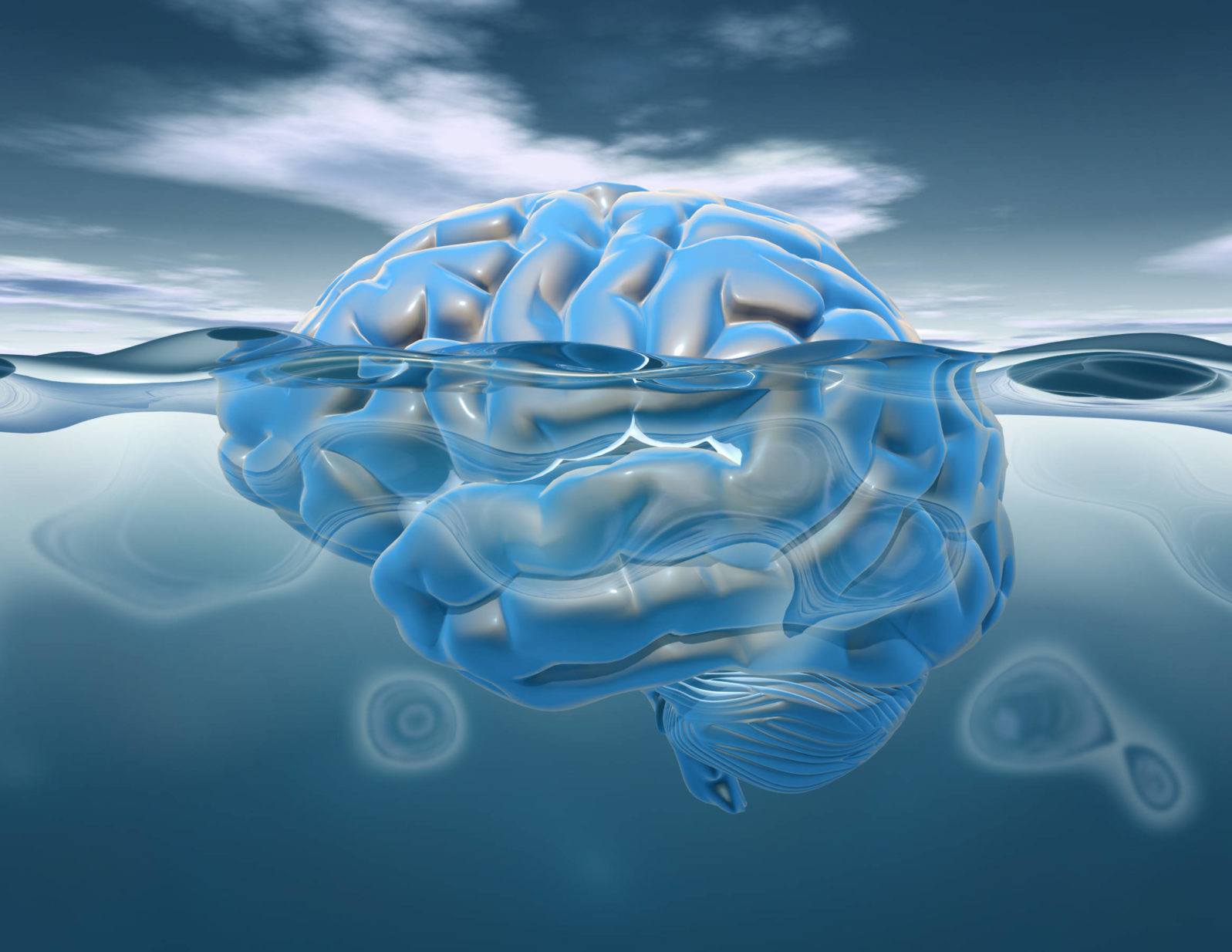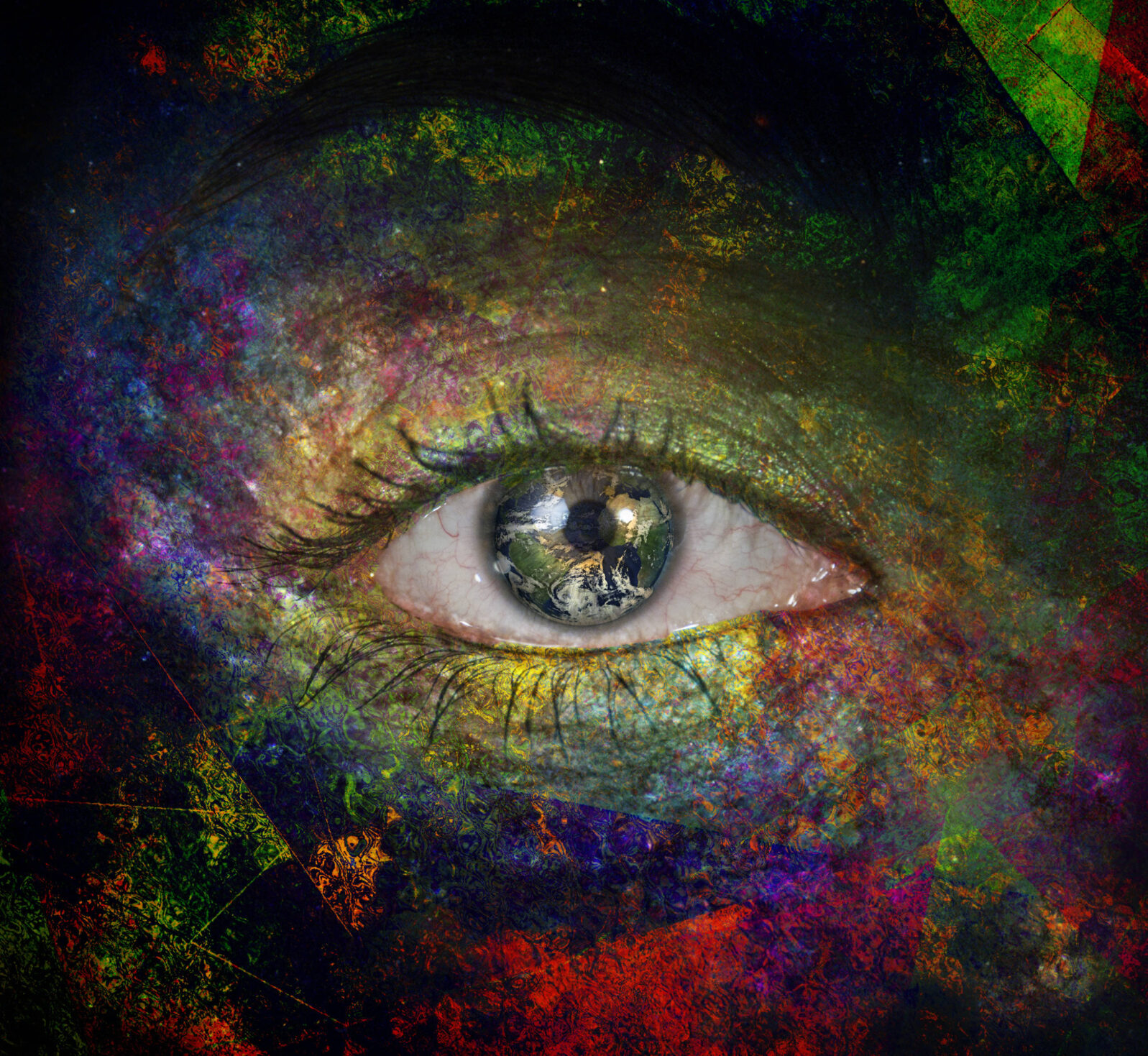Leading Consciousness Theory Slammed as “Pseudoscience.” Huh?
Integrated Information Theory’s panpsychist leanings are the 124 neuroscientist critics’ real targetSince last week, 124 neuroscientists, including some really big names, have signed an online letter,” to be published in a journal, denouncing a leading theory of consciousness, Integrated Information Theory (IIT), as “pseudoscience.”
If you don’t follow these controversies, IIT may not immediately ring a bell. But the theory featured in popular science news earlier this summer when dualist philosopher David Chalmers won a 25-year bet with IIT neuroscientist Christof Koch. He had bet that a “consciousness spot” would not be found in the brain and it was not. But they were both good sports about it and, as agreed, Koch bought Chalmers a case of fine wine.

But the signatories to the letter are in no mood for parties. They titled their missive “The Integrated Information Theory of Consciousness as Pseudoscience.” Now, a title like that prompts a question: Could IIT have lasted for decades in respected venues if it was just pseudoscience? What’s really going on?
The editors at Nature must be thinking the same thing. Mariana Lenharo writes today,
Since its publication on 15 September in the preprint repository PsyArXiv, the letter has some researchers arguing over the label and others worried it will increase polarization in a field that has grappled with issues of credibility in the past.
– Mariana Lenharo, “Consciousness theory slammed as ‘pseudoscience’ — sparking uproar,” Nature 20 September 2023
She gives Koch and colleague Anil Seth a chance to reply:
“I think it’s inflammatory to describe IIT as pseudoscience,” says neuroscientist Anil Seth, director of the Centre for Consciousness Science at the University of Sussex near Brighton, UK, adding that he disagrees with the label. “IIT is a theory, of course, and therefore may be empirically wrong,” says neuroscientist Christof Koch, a meritorious investigator at the Allen Institute for Brain Science in Seattle, Washington, and a proponent of the theory. But he says that it makes its assumptions — for example, that consciousness has a physical basis and can be mathematically measured — very clear.
Well, okay, but there’s a bit more to the story than that…
One of the letter’s authors, neuroscientist Hakwan Lau, told Nature that “some researchers in the consciousness field are uncomfortable with what they perceive as a discrepancy between IIT’s scientific merit and the considerable attention it receives from the popular media because of how it is promoted by advocates.” It turns out, they are not happy with the famous Chalmers–Koch bet, written up by Nature as “Decades-long bet on consciousness ends — and it’s philosopher 1, neuroscientist 0.” Just think. While Koch and Chalmers were chugging the good stuff in the limelight, Koch’s detractors were all stuck in the shadows with the Granny Boxwine Discount Special.
And now we come to the real point of contention
Seriously, the letter makes clear something that is not discussed in the Nature article. The theory’s panpsychist leanings are the critics’ real target:

According to IIT, an inactive grid of connected logic gates that are not performing any useful computation can be conscious—possibly even more so than humans; organoids created out of petri-dishes, as well as human fetuses at very early stages of development, are likely conscious according to the theory; on some interpretations, even plants may be conscious. These claims have been widely considered untestable, unscientific, ‘magicalist’, or a ‘departure from science as we know it’. Given its panpsychist commitments, until the theory as a whole—not just some hand-picked auxiliary components trivially shared by many others or already known to be true—is empirically testable, we feel that the pseudoscience label should indeed apply. Regrettably, given the recent events and heightened public interest, it has become especially necessary to rectify this matter.
If IIT is either proven or perceived by the public as such, it will not only have a direct impact on clinical practice concerning coma patients, but also a wide array of ethical issues ranging from current debates on AI sentience and its regulation, to stem cell research, animal and organoid testing, and abortion. [Numerous footnotes have been omitted for ease of reading.]
It sounds as though the 124 signatories want to tar any theory associated with panpsychism as pseudoscience in principle but Nature does not want to cover the fight. That may be because panpsychism is just too big a can of worms to open. Suppose some of its claims do turn out to be correct? If human fetuses can be shown to be conscious, for example, is it still just fine to kill them in abortions?
In reality, no theory of human consciousness has got anywhere and IIT is no worse than the rest, just more popular. The panpsychism that underlies it is catching on in science for a simple reason: The only type of materialism that really works is eliminative materialism, according to which human consciousness is altogether an illusion that evolved to aid survival. But then all the theories of science are illusions too.
Panpsychism allows scientists to keep the idea that their theories are something other than illusions at the price of assuming that consciousness is widespread among life forms and perhaps non-life as well. In other words, faced with a choice between “Nothing is conscious” and “Everything is conscious,” everything is winning in many quarters. Eventually, Nature will have to grapple with the underlying concern about the rise of panpsychism that the anti-IIT letter clearly expresses.
You may also wish to read: Do any dogs go to heaven? If so, why? Neuroscientist Christof Koch was troubled as a child by the Catholic tradition that dogs like his beloved Purzel did not go to heaven. Ironically, human exceptionalism, which Koch decries, holds out the possibility that some beloved animals may indeed share immortality with humans.
